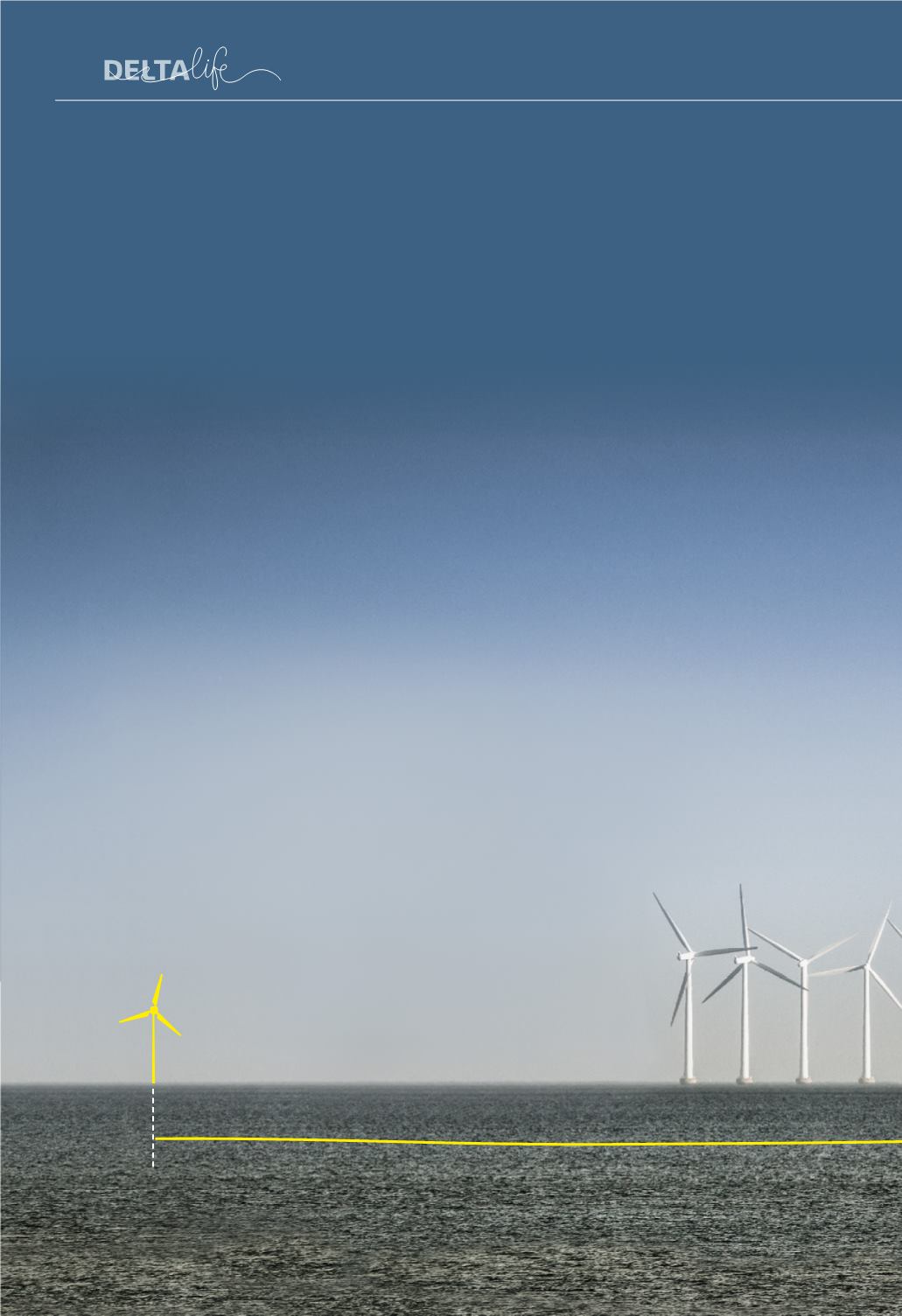

DRILLING LONGER
DISTANCES IN LOOSE SOIL
18
I
t’s called ‘horizontal directional drilling’ and we do
it muchmore often thanmany people realise. For
example to pull pipes or glass-fibre cables under a
dike or canal, or to connect wind farms at sea to dry
land. You can also relieve pressure on busy roads by
not digging, and drilling under them. On top of that, if
necessary, we can drill straight throughmountains, as
in Brazil and Colombia. And, closer to the poles, we even
drill in frozen ground to install pipelines. But the biggest
challenge is to drill longer distances in loose soil.
What is so special about horizontal
directional drilling?
‘Themain thing is that we can drill ever longer distances.
Drilling fluid is used to remove the loose soil and to stop
the borehole collapsing. The further you drill, the more
pressure you need to maintain the flow of drilling fluid
from the drilling head to the opening of the hole. The
challenge with horizontal directional drilling is to keep
the drilling fluid moving without the pressure getting
too high. You can blow the whole thing up before you
know it.’
Why are the Dutch so good at this?
‘Horizontal directional drilling emerged in the oil
industry in the USA and then it made its way to
Europe. More knowledge was needed to drill longer
distances. Dutch contractors played a major role in
developing that knowledge. They came up with the
right research questions, shared their observational
It would be a major step forward if we no longer needed to shut
off roads to install new pipelines and cables. We are making
considerable progress thanks to an improved understanding of
how drilling fluids work. Geotechnical consultant Henk Kruse:
‘Some amazing things happen below the surface during drilling.’
BY JANNEKE IJMKER



















